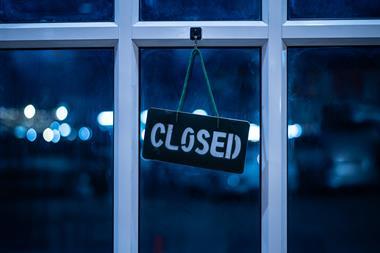Lloyd's of London is facing claims totalling £5.4bn after the September 11 US terrorist attacks, according to ratings agency Standard & Poor's (S&P).
The market had said its net losses, after reinsurance receipts, would be £1.3bn. The estimate makes the disaster the most expensive event in Lloyd's 300-year history.
S&P said the huge extent of the gross losses meant it was inevitable that Lloyd's would have to keep drawing on its Central Fund in the medium term. Director Stephen Searby said: "The loss estimate is based on information available to date, but considerable uncertainty over the ultimate size of the market's losses remains. Nevertheless, any further deterioration is expected to be in line with industry losses."
He warned the market could face additional costs because its reinsurance arrangements might not cover all the claims resulting from the attacks.
Recent changes to US regulations have reduced the sums Lloyd's has to make available to cover its World Trade Centre losses from 100% of the gross liabilities to 60%. US authorities will accept letters of credit as assets.
S&P director Rob Jones said the changes would not alleviate all the liquidity pressures facing Lloyd's.
S&P downgraded the market's credit rating to A from A+ but is keeping watch on Lloyd's, with negative implications.
Fitch ratings agency has said it believes Lloyd's gross losses total between $6bn (£4.2bn) and $7bn (£4.9bn).
Hosted by comedian and actor Tom Allen, 34 Gold, 23 Silver and 22 Bronze awards were handed out across an amazing 34 categories recognising brilliance and innovation right across the breadth of UK general insurance.













































